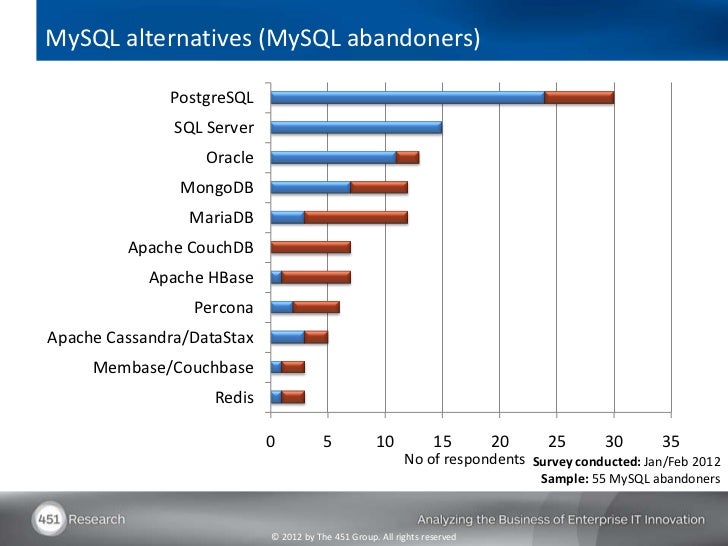
SSD-backed storage supports both General Purpose, and Provisioned IOPS use cases. Users can decide from a slew of available computing and storage options on Amazon RDS. They can assess the validity of the offers and take appropriate actions according to their preference or dismiss the suggestions. RDS customers receive these recommendations on the Amazon RDS Management console. Amazon RDS Recommendation EngineĪmazon RDS service runs thousands of databases for various clients, enabling them to identify best practices for achieving optimal utilization, security, and performance of the RDS instance. In addition, you can exercise optional control over when and if your database instance requires patching.
Aws mysql vs sql server software#
Amazon RDS ensures that the relational database software powering your deployment stays updated with the latest patches.
Aws mysql vs sql server Patch#
However, RDS administrators continue to have the option to decide when to patch the RDS instance. Amazon RDS Automatic Software PatchingĪmazon oversees the patching of the underlying OS and the database alleviating the burden on the database administrators. Administrators continue to access database configuration parameters that they can modify to get optimal performance from their RDS instance. Upon invoking an RDS instance creation process with pre-defined parameters, an RDS instance is spun up and is ready for use within minutes. Features of Amazon RDS Easy to useĪWS offers multiple ways to access and manage the RDS service, including the AWS Management Console, the RDS Command Line Interface (CLI), and REST API calls. As a result, RDS now boasts many enterprise customers like Unilever, Airbnb, Netflix, and Expedia, demonstrating the service’s capability, convenience, and value. At the same time, AWS leveraged this opportunity to strengthen its product offering and services. Offloading a sizable portion of the infrastructure management to AWS enabled small teams to focus on more value-added work. One can say that leading with MySQL was an intelligent move for AWS because the service attracted smaller customers with less mission-critical applications who were also resource-constrained. Many websites that run on the LAMP stack have made RDS their backend. If Amazon S3 attracted initial customers to AWS and EC2 instances made them stay, then RDS enabled AWS to scale its operations by making customers loyal to their cloud services. Amazon RDS Critical to AWS’s Initial Growthĭespite these limitations, Amazon RDS has proven to be an incredible workhorse for AWS and its customer base. By preventing root access to the node, AWS limits the customers from installing any 3rd party software on the node, including special database encryption software or log-shipping software that may require root access to the node. In addition, a single API call scales the storage and computing resources as AWS does not provide an SSH link to RDS instances.Ĭustomers running an RDS instance have limited control over the underlying infrastructure and the operating system.

AWS teams manage the provisioning of the infrastructure and perform maintenance tasks on the RDS instance.Īdministration processes such as patching the RDS database, backing up databases, and point-in-time recovery are automated. RDS is one of the most popular services in AWS, boasting a wide array of customers seeking to reduce dependency on their DBAs and enabling their existing staff to operate more databases than they were able to previously. As years went on, the RDS service added managed services for various other databases like RDS SQL Server, Oracle database, PostgreSQL, and MariaDB. AWS launched the RDS service initially in October 2009 with support for MySQL. It is a service designed to simplify a relational database’s creation, operation, management, and scaling. Amazon Relational Database Service or Amazon RDS is a managed cloud database service from AWS (Amazon Web Services).


 0 kommentar(er)
0 kommentar(er)
